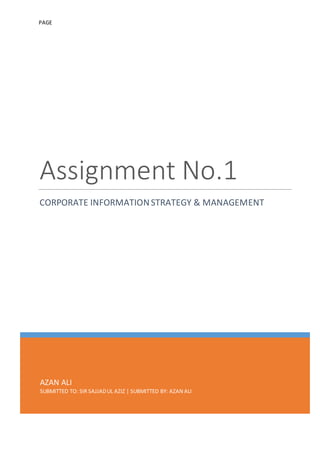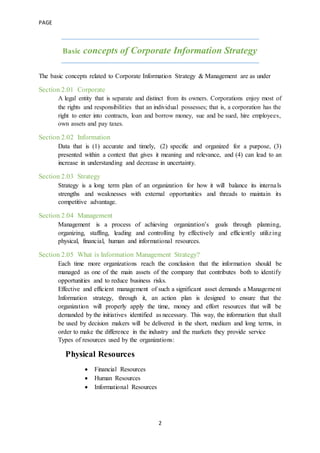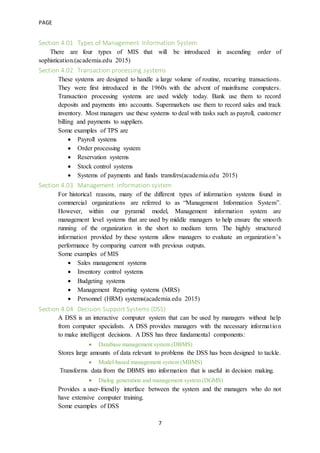This document provides an overview of key concepts related to corporate information strategy and management, including definitions of basic terms, levels of organizational structure, and management information systems. It discusses the top, middle, and lower levels of organizational management and their roles. It also defines management information systems and describes different types, including transaction processing systems, management information systems, decision support systems, and expert systems. Finally, it outlines levels of management information systems at the corporate, team/division, and individual levels. The document provides foundational information on organizational structure and management information systems.









